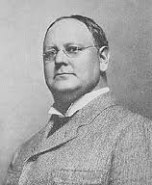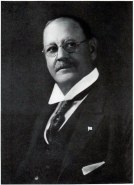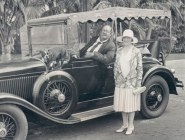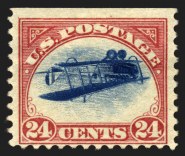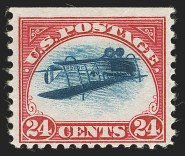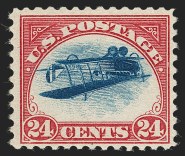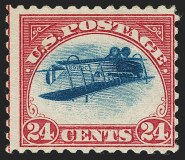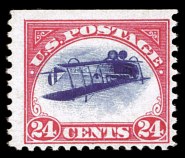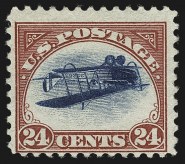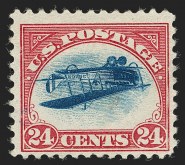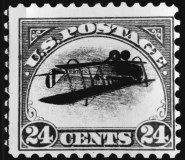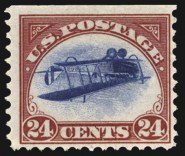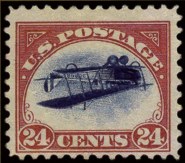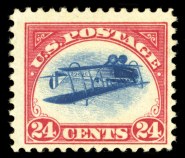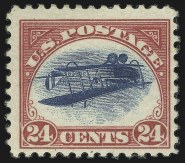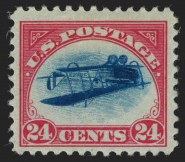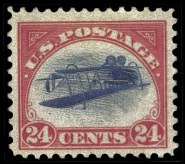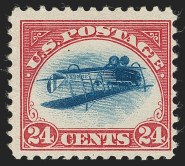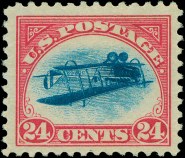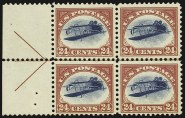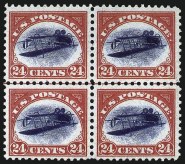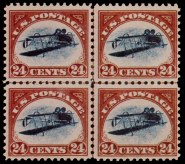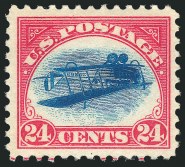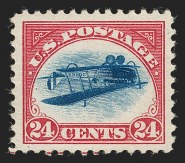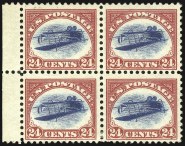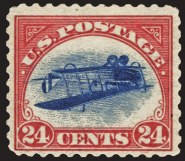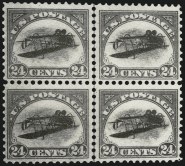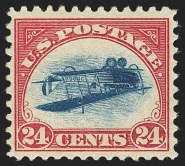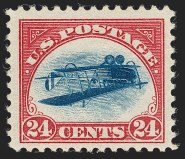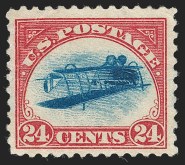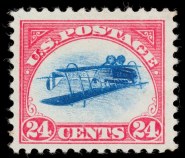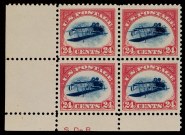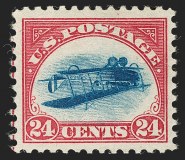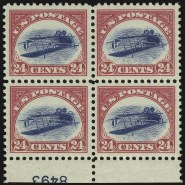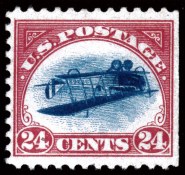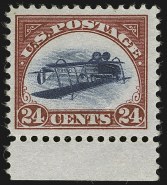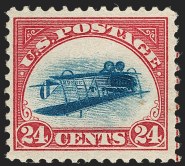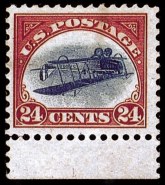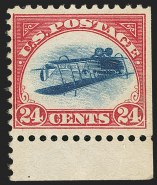Owner Biography
Edward Howland Robinson Green
Partly from Wikipedia: Edward Howland Robinson "Ned" Green (August 22, 1868 – June 8, 1936), also known as Colonel Green, was an American businessman, the only son of the notorious miser Hetty Green (the "Witch of Wall Street").
Hetty was descended from the Howland and Robinson families, whose fortunes were made in the 19th century New Bedford whaling industry. Hetty inherited millions of dollars as a young woman and devoted her life to shrewd investing and bare-knuckled negotiations. She became one of the wealthiest individuals in the world. Hetty also became infamous for her excessive frugality. It was Hetty's unwillingness to spend money on proper medical treatment that led to the amputation of her teen-age son Edward's left leg. He spent the rest of his life hobbling on a cork prosthetic leg.
When Hetty died at age 81 in June 1916, her estate was variously estimated to be worth between $80 million and $200 million -- more than J.P. Morgan. Hetty's vast assets were divided equally between Edward and his sister, Sylvia. While Sylvia continued her quiet and relatively modest lifestyle, it was Edward, freed from his mother's domination, who went on a massive spending spree. He was also free to marry Mabel Harlow, whom his mother had referred to as "Miss Harlot". Mabel and Edward met in Chicago 24 years earlier when she was practicing her trade as an exotic dancer and prostitute. She left the smitten Edward to marry another man. Some time later, Edward and Mabel reunited in Texas, and he hired the voluptuous redhead to be his "housekeeper" on a more permanent basis.
The Colonel collected stamps in similarly bold manner. He would acquire entire collections intact, including the J. K. Storrow collection of U.S., which cost $77,500 and would probably be worth millions today. His visits to New York City's Nassau Street stamp district were legendary. He would sit in a chauffeured limousine with his artificial leg propped up. Dealers would bring him their offerings, and he would pay in cash. His stamp and coin collections were organized by a corps of young women who called their affectionate employer "Uncle Ned".
When the Colonel died in 1936, his estate became the focus of multi-state battle over death taxes. Four different states claimed that the Colonel was a resident, a problem created by Green lifetime effort to claim residence in Texas while living in other places. After four million words of testimony and 2,855 exhibits, the Supreme Court ultimately decided in favor of Massachusetts, which received $5,250,000 in taxes. The Colonel left his estate to his sister, Sylvia Wilks, who simply added the $30 million to her non-interest bearing checking account at Chase National. His stamp collection was dispersed in a series of 28 auctions over four years, comprising some 50,000 lots.
In 1918, he purchased the sheet of Inverted Jenny stamps from the dealer Eugene Klein for $20,000. On Klein's advice, he broke the sheet up into blocks. He put one stamp in a locket he gave to his wife (Position 9).
Hetty was descended from the Howland and Robinson families, whose fortunes were made in the 19th century New Bedford whaling industry. Hetty inherited millions of dollars as a young woman and devoted her life to shrewd investing and bare-knuckled negotiations. She became one of the wealthiest individuals in the world. Hetty also became infamous for her excessive frugality. It was Hetty's unwillingness to spend money on proper medical treatment that led to the amputation of her teen-age son Edward's left leg. He spent the rest of his life hobbling on a cork prosthetic leg.
When Hetty died at age 81 in June 1916, her estate was variously estimated to be worth between $80 million and $200 million -- more than J.P. Morgan. Hetty's vast assets were divided equally between Edward and his sister, Sylvia. While Sylvia continued her quiet and relatively modest lifestyle, it was Edward, freed from his mother's domination, who went on a massive spending spree. He was also free to marry Mabel Harlow, whom his mother had referred to as "Miss Harlot". Mabel and Edward met in Chicago 24 years earlier when she was practicing her trade as an exotic dancer and prostitute. She left the smitten Edward to marry another man. Some time later, Edward and Mabel reunited in Texas, and he hired the voluptuous redhead to be his "housekeeper" on a more permanent basis.
The Colonel collected stamps in similarly bold manner. He would acquire entire collections intact, including the J. K. Storrow collection of U.S., which cost $77,500 and would probably be worth millions today. His visits to New York City's Nassau Street stamp district were legendary. He would sit in a chauffeured limousine with his artificial leg propped up. Dealers would bring him their offerings, and he would pay in cash. His stamp and coin collections were organized by a corps of young women who called their affectionate employer "Uncle Ned".
When the Colonel died in 1936, his estate became the focus of multi-state battle over death taxes. Four different states claimed that the Colonel was a resident, a problem created by Green lifetime effort to claim residence in Texas while living in other places. After four million words of testimony and 2,855 exhibits, the Supreme Court ultimately decided in favor of Massachusetts, which received $5,250,000 in taxes. The Colonel left his estate to his sister, Sylvia Wilks, who simply added the $30 million to her non-interest bearing checking account at Chase National. His stamp collection was dispersed in a series of 28 auctions over four years, comprising some 50,000 lots.
In 1918, he purchased the sheet of Inverted Jenny stamps from the dealer Eugene Klein for $20,000. On Klein's advice, he broke the sheet up into blocks. He put one stamp in a locket he gave to his wife (Position 9).

